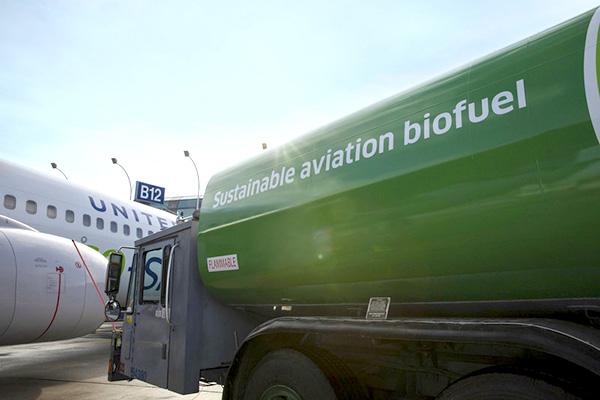
United, Honeywell partner in Alder Fuels investment
United and Honeywell announced a joint multimillion-dollar investment in Alder Fuels—a cleantech company that is pioneering first-of-its-kind technologies for producing sustainable aviation fuel (SAF) at scale by converting abundant biomass, such as forest and crop waste, into sustainable low-carbon, drop-in replacement crude oil that can be used to produce aviation fuel. When used together across the fuel lifecycle, the Alder technologies, coupled with Honeywell's Ecofining process, could have the ability to produce a carbon-negative fuel at spec with today's jet fuel. The goal of the technologies is to produce fuel that is a 100% drop-in replacement for petroleum jet fuel. As part of the agreement, United is committing to purchase 1.5 billion gallons of SAF from Alder when produced to United's requirements.
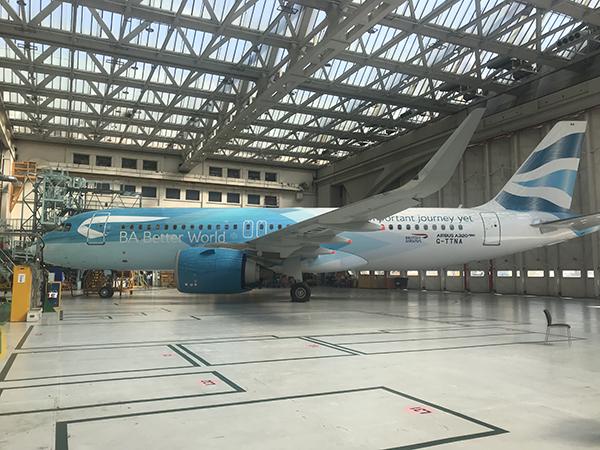
British Airways, Air BP partner on SAF
British Airways (BA) plans to acquire sustainable aviation fuel (SAF) from Air BP, giving passengers the option of contributing towards the additional cost. Air BP SAF will initially power BA’s flights for the 26th United Nations Climate Change conference (COP26), which will take place in Glasgow, Scotland on Nov. 1-12, 2021. These special COP 26 flights, which will operate from London Gatwick and London City to Edinburgh and Glasgow, will be performed by a special-liveried Airbus A320neo that was unveiled during a Sept. 7 event at London Heathrow Airport. The SAF that Air BP is supplying to BA uses waste cooking oil as a feedstock, with an 80% in carbon emissions over its lifecycle, compared to the traditional fossil fuel. Alongside the COP26 flights, BA passengers can now voluntarily offset 90% of their emissions and make up the remaining 10% with a SAF-cost contribution. On the supply side, BA has signed a SAF pre-purchase agreement with Air BP. Any customer contributions will be tallied against that, to see if any further SAF needs to be acquired.

SITA achieves CarbonNeutral certification
IT provider SITA has achieved CarbonNeutral company certification, a year ahead of its original target of 2022. SITA has reduced its overall emissions of greenhouse gases by 48% between 2019 and 2020. SITA also compensates 100% of any carbon emissions that it has been unable to reduce or eliminate by financing projects that help cut and negate existing and future carbon emissions while supporting multiple United Nations Sustainable Development Goals. These offsetting projects include supporting reforestation and protecting biodiversity.
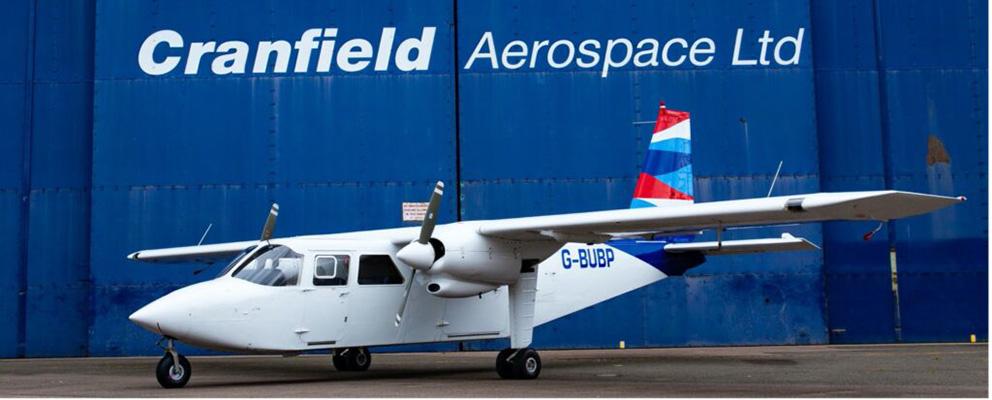
Islander modified to hydrogen propulsion
Cranfield Aerospace Solutions has taken delivery of a Britten-Norman BN-2B islander for conversion to zero-emission hydrogen-electric propulsion. The nine-passenger aircraft has been acquired from Isles of Scilly Steamship Group under the UK government-backed Project Fresson. One of four Islanders operated by Isles of Scilly Skybus for cargo and medical flights, the aircraft – now based at Cranfield Airport in England – will be test-flown first to measure baseline performance with the existing Lycoming O-540 piston engines. A consortium led by Cranfield Aerospace Solutions (CAeS) will then retrofit the Islander with a pressurized-hydrogen fuel-cell propulsion system. Flight tests with the new power train are planned to begin in the first quarter of 2023. The project’s goal is to have a certified system on the market for the Islander in 2025, both as a retrofit and in a new model of the aircraft from Britten-Norman. This constitutes the funded Phase 1 of Project Fresson. Planned later phases would develop hydrogen-powered 19-set and 75-seat regional aircraft.
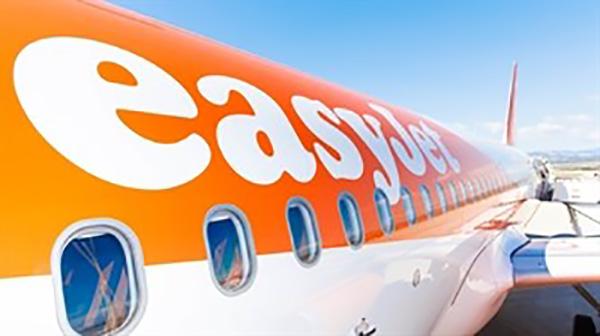
Wright Electric tests new motor for zero-emission aircraft
EasyJet partner Wright Electric has tested a 2 megawatt (MW) electric powertrain motor and is looking ahead to the next step: integrating it with the inverter it has also been testing this year. The startup, which has teamed up with the UK low-cost airline on the project, also plans to open a dedicated Wright Laboratory and specialized motor test site in the US, which is set to be fully operational later this year, as part of its longer-term plans to have an Airbus A320-class single-aisle zero emission aircraft entering service in the 2030-2035 timeframe.
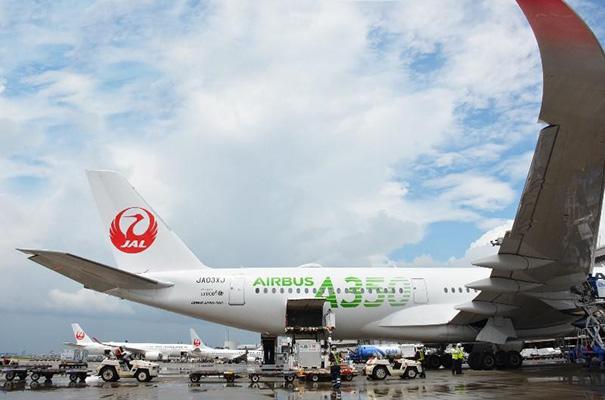
Japan funds SAF scale-up
A Japanese industrial team led by Mitsubishi Power will develop a commercial-scale supply chain for sustainable aviation fuel produced from woody biomass. The four-year project is funded by the Japanese government’s New Energy and Industrial Technological Development Organization. The project will begin with a two-year feasibility study, then move on to the preparation phase for a demonstration plant. The goal is to achieve commercial-scale production of sustainable aviation fuel (SAF) produced by gasification of woody biomass followed by Fischer-Tropsch synthesis of liquid fuel. Continuous production of SAF on a pilot scale already has been demonstrated under a previous project. In June, Japan Airlines (JAL) operated a commercial Boeing 787 flight on a blend of two SAFs—one produced by the Mitsubishi-led team using wood chips as feedstock and one produced from algae by IHI.
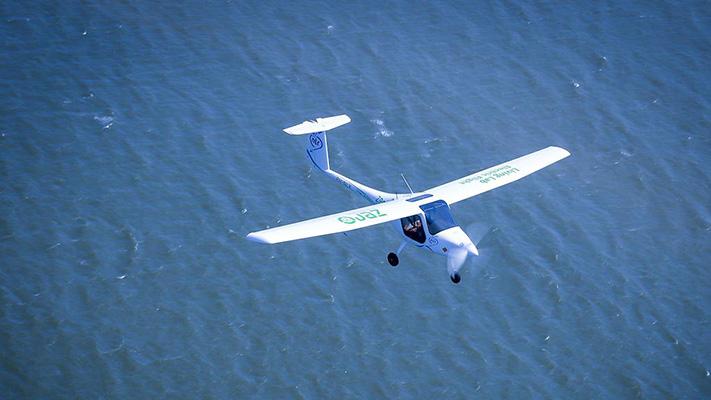
Netherlands’ Royal NLR tests electric aircraft flights
The Netherlands aerospace center Royal NLR conducted a series of flights with an electric aircraft under an initiative to help airports gain knowledge on the feasibility, potential and handling of electric-powered aircraft. NLR’s two-seat Pipistrel Velis Electro was flown from Aug. 24-Sept. 3 between 12 airports in the Netherlands as part of the Rondje NL test under the Power Up initiative. The aim of the initiative is to enable the first commercial electric flights between airports in the Netherlands’ within five years. Four airports are participating in Power Up: Eindhoven, Groningen Airport Eelde, Maastricht Aachen and Rotterdam The Hague.
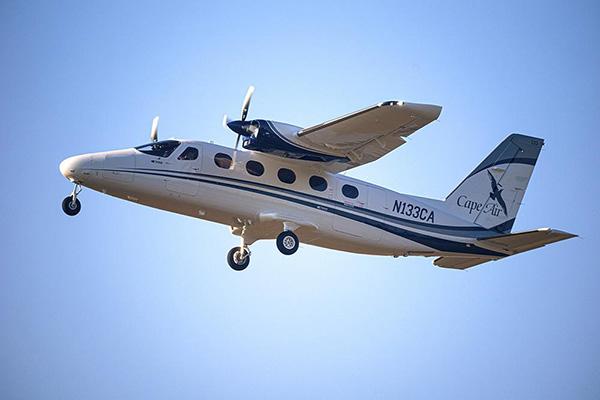
Cape Air embraces electric aircraft
Massachusetts-based Cape Air is introducing the nine-passenger, piston-engine Tecnam P2012 Traveller as a replacement for its aging Cessna 402C fleet. The Part 135 operator is also working with Eviation with an eye to introducing its nine-passenger, all-electric Alice within the next few years. Cape Air, the largest US independent regional airline, has been working with the Italian manufacturer for eight years on development of the Traveller. “And in the first 18 months of operating that airplane commercially, we have done about 170 modifications in partnership with Tecnam,” Cape Air founder and CEO Dan Wolf said.
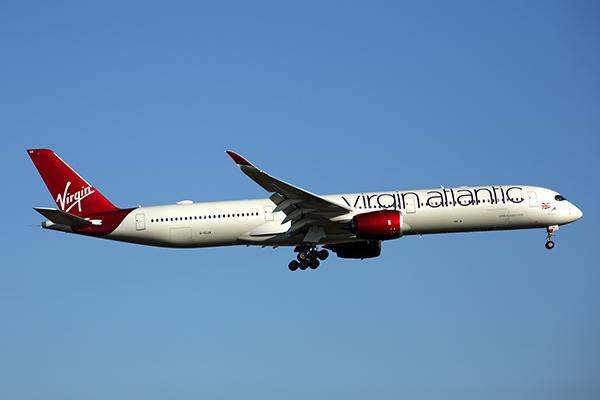
Virgin Atlantic, Storegga partner on carbon removal
Virgin Atlantic has signed up to become a customer of Storegga, a UK-based company that specializes in carbon removal, as the airline, like its peers, steps up efforts to reduce its environmental impact. The airline has signed an MOU to purchase the “permanent and verifiable removal of carbon dioxide from the atmosphere” through Storegga’s proposed large-scale UK Direct Air Capture (DAC) facility being developed in north east Scotland. Storegga and its partner, Carbon Engineering have begun preliminary engineering and design of the proposed UK facility, which aims to permanently remove one million tonnes of carbon dioxide from the atmosphere annually. Its first operations are due in 2026.
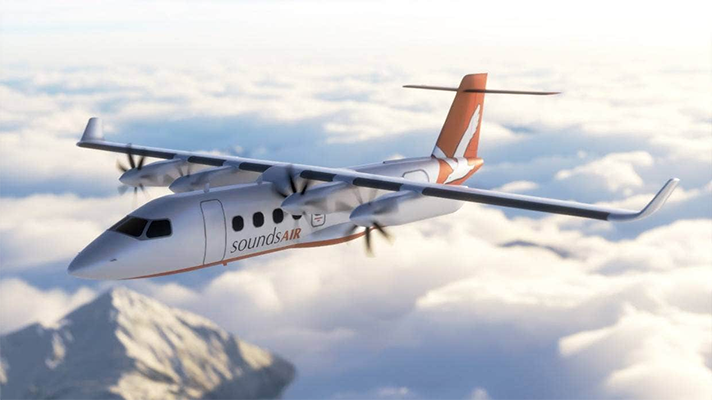
Sounds Air eyes electric regional flying
New Zealand regional airline Sounds Air has confirmed its launch orders with Swedish startup Heart Aerospace for an initial three ES-19 electric 19-passenger aircraft. Based in Blenheim on South Island, the carrier is anticipating first delivery in 2026. The battery-powered ES-19 is expected to have a range of 400 km (250 mi.) on entry into service. At entry into service, the ES-19 is expected to take 45 min. to recharge after a flight. Charging infrastructure will have to be installed at the airports Sounds Air serves.
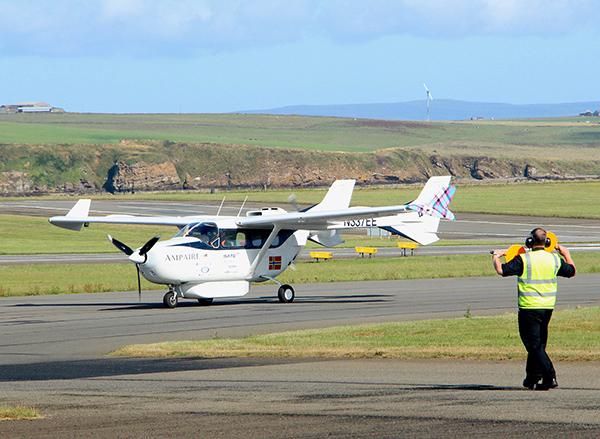
Ampaire demonstrates hybrid bridge to electrified regional flights
Ampaire is relocating its hybrid-electric propulsion test aircraft to Exeter Airport in England after completing flight tests in Orkney, Scotland. The flight demonstrations are being conducted under projects funded by the UK government’s Future Flight Challenge. The US startup’s Electric EEL, a Cessna 337 Skymaster modified to parallel hybrid-electric propulsion, completed several flights on a representative regional-airline route from Kirkwall Airport on the island of Orkney to Wick John O’Groats Airport some 40 mi. away on the Scottish mainland. The flights involved the first operations over water for the testbed, which late last year completed a series of test flights on a regional airline route on Hawaii. The choice of Orkney to follow Hawaii was logical, Ampaire cofounder and CEO Kevin Noertker said.
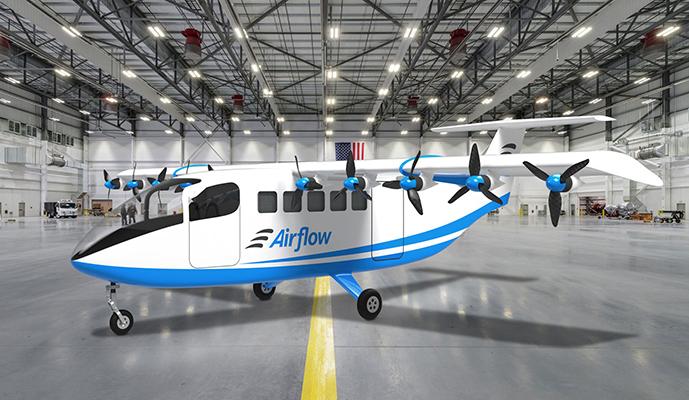
Airflow shifts strategy for eSTOL introduction
San Francisco-based electric-aircraft startup Airflow signed letters of interest (LOIs) with 11 North American Part 135 operators for aircraft valued at more than $600 million. The LOIs secure early delivery positions and a guaranteed base price for customers and enable Airflow to show potential investors the level of interest in its planned product. Interest from customers wanting to operate from existing airports will allow Airflow to focus its efforts on the electric propulsion and not take on the challenge of ultra-STOL capability, at least initially. The design still uses DEP for blown lift, but instead of a 100-ft. takeoff and landing ground roll, the company is now aiming for 300-500 ft. That ground roll is about half that of existing aircraft and will allow Airflow’s eSTOL design to operate from runways down to 1,000 ft. with full payload and range where today operators are forced to reduce aircraft weight to fly from such short airfields.
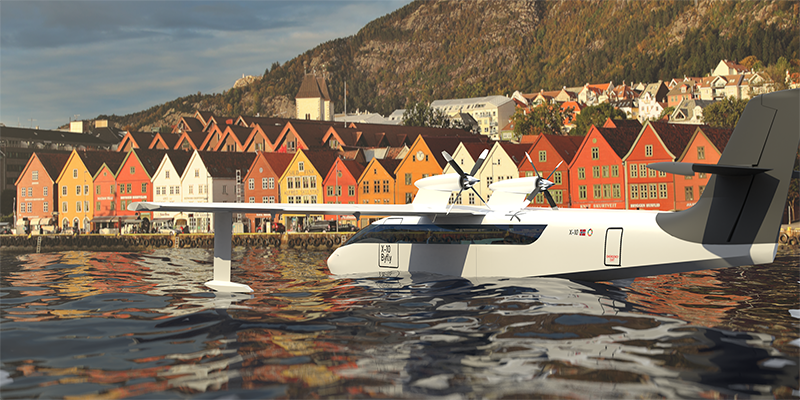
Norwegian startup to develop electric seaplane
A Norwegian startup has unveiled plans to develop a nine-passenger electric seaplane and provide a regional aviation service connecting towns along the coast and in the fjords with flights over water. Development of the all-electric X10 has been launched by Elfly Group, a company founded to bring zero-emission electric aviation to Norway. CEO Eric Lithun is an investor in Bye Aerospace and in 2019 Elfly ordered 60 Bye eFlyer 2 two-seat electric trainers for use by Scandinavian flight schools.
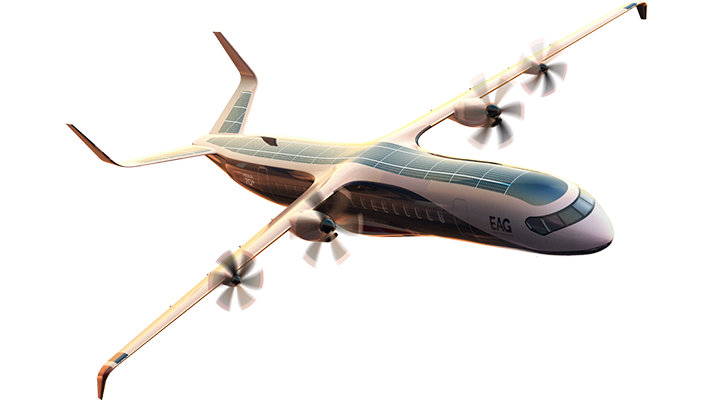
UK startup, CityJet to develop hydrogen-electric regional aircraft
UK startup Electric Aircraft Group (EAG) secured an investment from Irish regional airline CityJet to advance its plans to develop a hydrogen-electric 90-seat regional aircraft for entry into service in 2030. In March, the company secured an investment from UK-based lessor Falko Regional Aircraft. Falko has a portfolio of ATR, Bombardier and Embraer regional aircraft while CityJet wet-leases 90-seat CRJ900s. The startup plans to develop propulsion technology that can be retrofitted into existing aircraft while it develops the clean-sheet 90-seater for service entry in 2030.
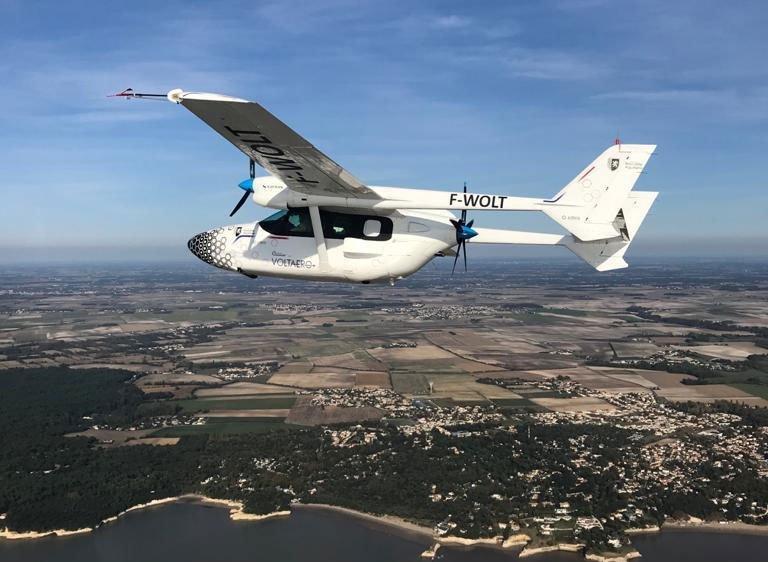
VoltAero’s Cassio 1 hybrid-electric testbed to cross English Channel
VoltAero plans a second crossing of the Channel with an electric aircraft Sept. 13, flying its Cassio 1 demonstrator from Calais in France to Cranfield in England for a presentation at Cranfield University. The aircraft is then planned to fly to London Biggin Hill Airport for display on Sept. 14 at the ACE21 Air Charter Expo. The Cassio 1 is then planned to cross the Channel again and return to France. Deliveries of the first member of the family, the four-seat, 330-kW Cassio 330, as planned to begin in the second half of 2023. The power module combines three electric motors with an internal combustion engine. The motors enable low-noise takeoff and landing while the engine serves as a range extender, recharging the batteries in flight and providing a backup source of propulsion.

Chevron, Gevo partner to produce SAF
Energy company Chevron and renewable fuel producer Gevo have signed a letter of intent to build one or more facilities to process inedible corn into sustainable aviation fuel (SAF). Under the agreement, Chevron would also have the right take up to 150 million gal a year of fuel for sale to its customers. Gevo plans to build a series of Net-Zero plants to produce SAF and other products. The plants will process sustainable carbohydrates into liquid fuels using renewable electricity and natural gas. The result, according to Gevo, will be a SAF with net-zero life-cycle carbon emissions. Gevo already has offtake agreements with Delta Air Lines to supply 10 million gal/year of SAF and with from Gevo’s pilot plant in Georgia.
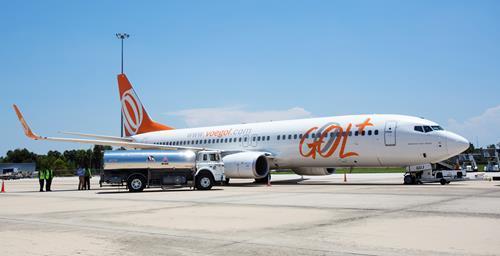
New SAF blend approved
Energy company Total and renewable products Amyris have launched plans to market a sustainable aviation fuel (SAF) containing up to 10% of franesane, a renewable hydrocarbon produced from sugarcane. The plans follow approval for the use of renewable farnesane as a blending component in jet fuel in a revised standard developed by ASTM International. The approval under Annex 3 of the D7566 standard allows renewable synthesized iso-paraffinic fuel to be used in blends up to 10%. Total and Amyris conducted the first commercial demonstration flight with farnesane in July 2014 in partnership with Brazilian airline GOL, a Boeing 737 flying from Orlando to Sao Paulo using the fuel blend. Amyris’ first farnesane production is operational in Brazil.
As aviation inches toward meeting commitments of reaching net zero carbon emissions by 2050, more airlines, technology and fuel companies are teaming up on sustainable aviation fuel (SAF) deals. And, as more manufacturers and airlines invest in hydrogen-electric propulsion aircraft, the work has just begun on initiatives to help airports gain knowledge on the feasibility, potential and handling of electric-powered aircraft.
